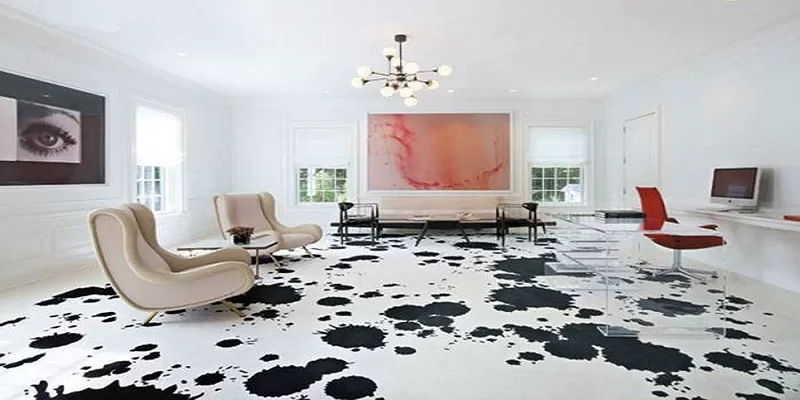
Compare dry screed and self-leveling floor
Dry screed and self-leveling floor are two similar technologies. The peculiarity of the first is that it is actually a dry version of the second. Under what conditions is a screed more optimal, and for what situations is a self-leveling floor suitable? To answer this question, it is necessary to have an understanding of the features of both technologies. Our experts understood what is better: a dry screed or self-leveling floor.
Technology characteristics
Let us consider in detail the features, strengths and weaknesses of the two modern floor surface finishing technologies.
Dry screed

A similar technology is used to level the floor surface (it can be both rough and finish). This method of finishing the floor surface is used mainly in the implementation of construction work in apartment buildings or non-residential facilities (commercial / industrial). But for brick and wooden buildings, this technology is used much less frequently.
What is a dry screed? This is a floor finishing technology, represented by ready-made gypsum boards mounted on a prepared surface or backfill (an important component that helps level the surface). There is another version of this technology: the finished mixture is poured into cells prepared on the floor, on top of which the selected floor covering can then be laid.
Among the main advantages of using a dry screed for flooring are:
-
Ease of installation — unlike cement, for example, dry is very simple — even a non-professional can lay the slabs;
-
The absence of a large amount of debris, dust — which cannot but rejoice, since the classic screed leaves a lot of dust, and this is inconvenient and expensive, especially during large-scale repairs.
-
The speed of work — after the installation is completed, you will not have to wait long for the material to “set” — you can almost immediately begin to perform other construction work.
With all its advantages, dry screed has its weaknesses. In particular, the disadvantages include the high cost and considerable thickness of the plates. The last point is especially important in cases where repairs are planned in a room with a low ceiling.
self-leveling floor

Self-leveling floor is a liquid mixture of thick consistency, consisting of polymer components. With this technology, small level differences can be compensated. When using the mixture, it is independently evenly distributed on the floor surface. Like a dry screed, a self-leveling floor is easy to install, and also has a number of positive features:
-
Ease of use;
-
Wide range of colors;
-
Ease of care;
-
Ability to withstand significant loads;
-
Sufficient layer thickness (minimum) — only 3.5 cm.
Although some people consider the self-leveling floor almost a panacea for any repair, this floor finishing technology has its drawbacks:
-
Not very high strength;
-
Inability to equalize large height differences;
-
Dependence on a number of other building mixtures used in the repair of the floor;
-
Difficult dismantling.
Features of the application of technologies
The scope of the self-leveling floor and dry screed, despite the similarity of the final result, is somewhat different. The first technology is used mainly for interior decoration with increased requirements for the floor surface. Its technical characteristics (in particular its high degree of moisture resistance and resistance to aggressive substances) make it an ideal choice for industrial premises, as well as rooms with a serious operational load.
A self-leveling floor is an ideal option if a slight adjustment of the floor height difference is required. An area in which this technology has no equal is the creation of a topcoat. Three-dimensional, colored, combined, transparent with the possibility of applying a pattern under them — all these are self-leveling floors.
If the self-leveling floor often replaces the top decorative coating, then the dry screed is actively used as a working coating before laying almost any floor material (linoleum, tiles of any kind, laminate, parquet boards, etc.). Dry screed can be used for concrete/wood floors, large floor height differences, etc.
Добавить комментарий
Для отправки комментария вам необходимо авторизоваться.